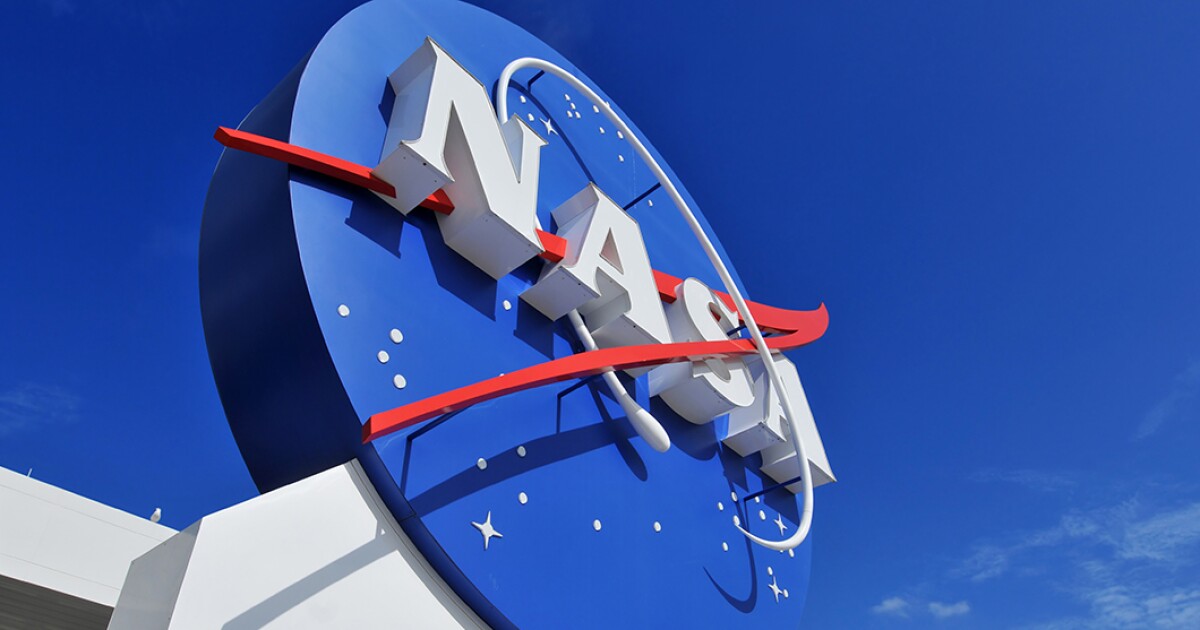

NASA showed the sun in a whole new light last week when it captured images of its hidden light with the Nuclear Spectroscopic Telescope Array, or NuSTAR.
Usually used to study celestial bodies outside the solar system, NASA has recently begun using the technology to study closer objects, according to a release from NASA’s Jet Propulsion Laboratory at the California Institute of Technology.
ONE SUSPECT IN CUSTODY AFTER KINDERGARTEN TEACHER FOUND IN SHALLOW GRAVE
“Even on a sunny day, human eyes can’t see all the light our nearest star gives off. A new image displays some of this hidden light, including the high-energy X-rays emitted by the hottest material in the Sun’s atmosphere,” the release read.
Why is the Sun’s corona 100x hotter than its surface? NASA’s NuSTAR telescope took images of hidden light emitted by the hottest material in the Sun’s atmosphere. The observations may help scientists solve one of the biggest mysteries of our nearby star: https://t.co/gaoLj6PrKa pic.twitter.com/ZzHSoheHEG
— NASA JPL (@NASAJPL) February 9, 2023
Twenty-five images make up the mosaic that is the NuSTAR layer (blue), and when they are combined with an X-ray layer from the Japanese Aerospace Exploration Agency’s Hindoe mission (green) and a layer from NASA’s Solar Dynamics Observatory (red), humans can see the sun like never before.
“NuSTAR’s view could help scientists solve one of the biggest mysteries about our nearest star: why the Sun’s outer atmosphere, called the corona, reaches more than a million degrees — at least 100 times hotter than its surface,” according to the NASA release.
NuSTAR took its sights off of interstellar objects and focused in on our Sun! ☀️
The telescope observed high-energy X-rays being emitted from only a few locations on the Sun, while low-energy X-rays were detected across its entire surface.
More HERE>> https://t.co/2cDy6ZUo2F
— NASA Marshall (@NASA_Marshall) February 13, 2023
The balance of heat has long puzzled scientists.
CLICK HERE TO READ MORE FROM THE WASHINGTON EXAMINER
The “Sun’s heat originates in its core and travels outward,” according to NASA. “It’s as if the air around a fire were 100 times hotter than the flames.”





